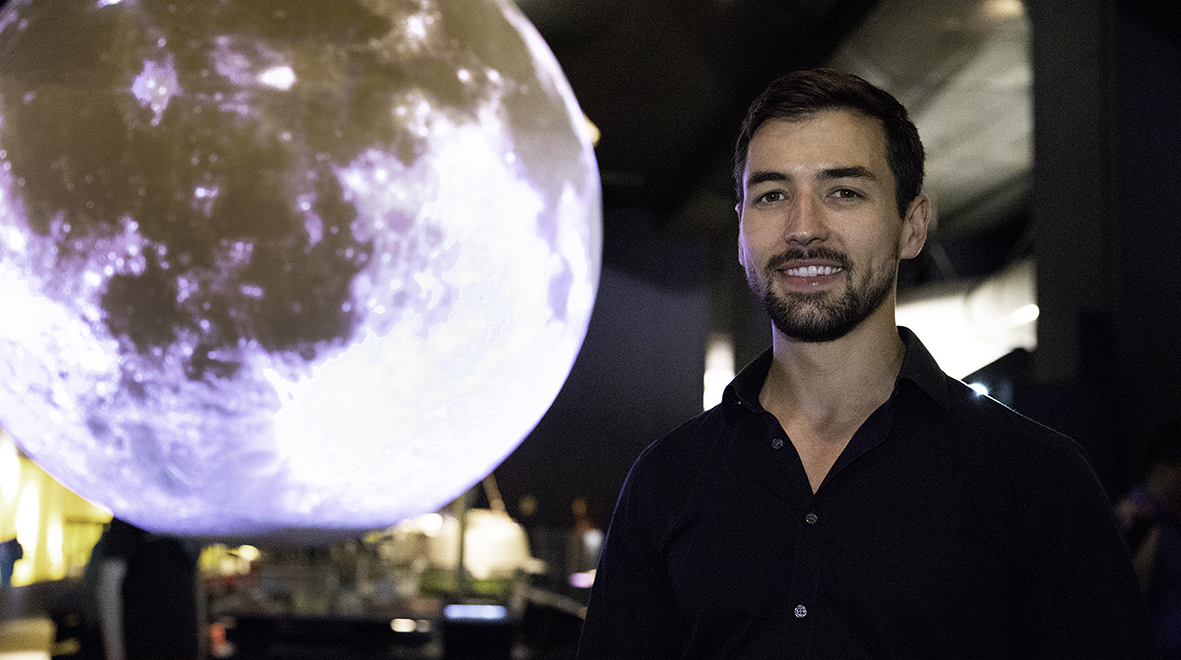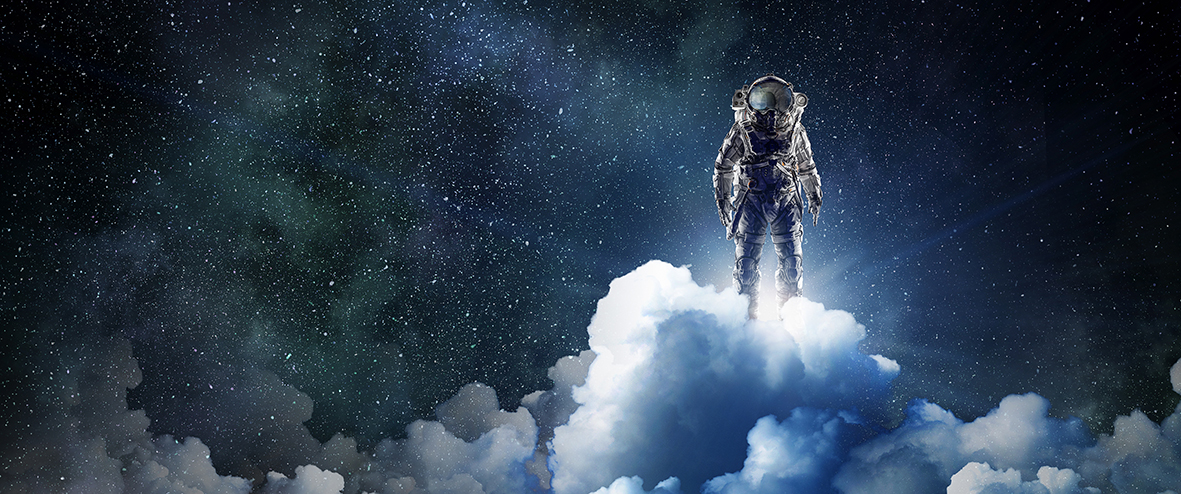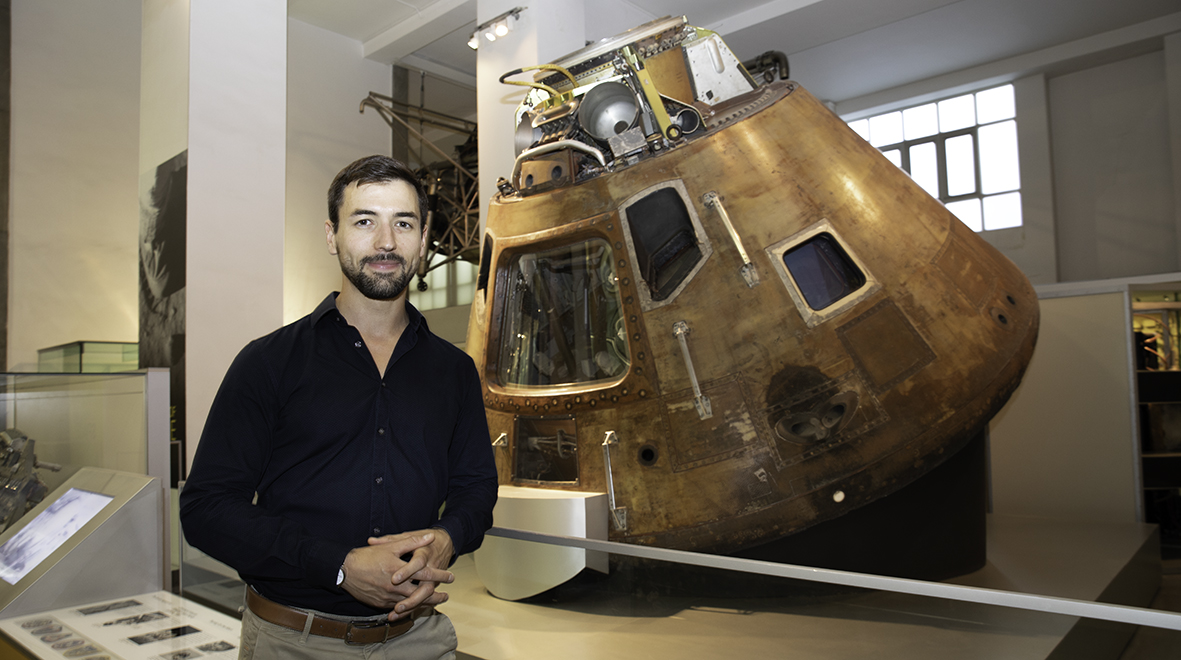
50 years on from the historic Apollo Moon landings, the race to Mars is on. With this in mind, Dr Matthieu Komorowski is examining how to provide medical care during long-flight space missions.
“The extension of life beyond Earth is the single most important thing we can do as a species” once said Elon Musk, the CEO of SpaceX.
Many other eminent minds have expressed a similar vision, including Stephen Hawking, Carl Sagan, Konstantin Tsiolkovsky, Buzz Aldrin and so on. They all argue that there are too many risks that can befall life on a single planet. As nicely put by Robert Heinlein: “The Earth is just too small and fragile a basket for the human race to keep all its eggs in.”
Could we possibly support such a bold idea ourselves? Is it more important to colonise Mars than to: improve our earthly existence, achieve equality and peace for all humans, protect our delicate environment, or cure diseases and world hunger? The argument is that these endeavours, as charitable as they are, all become meaningless if the following day life is wiped out from the face of the planet by a giant asteroid or a superbug. The long-term vision of space colonisation spans way beyond the blink of our existence and space advocates insist that in the long run, there are only two possible avenues: expansion into space or extinction!
Mission to Mars
But getting to Mars and establishing an autonomous colony there is not going to be easy. Most of the challenges stem from the fact that the human body is an extremely delicate machine, requiring just about perfect conditions in terms of temperature, atmospheric pressure, humidity, gas composition of the air we breathe, water and nutrients supply, lighting, seasonal changes, medical support, social interactions, and so on. Alter any of these factors – for some only by a small fraction – and we perish more or less rapidly.
Beyond the protection of Earth’s atmosphere, life as we know it cannot exist. With zero atmospheric pressure, extremes in temperature and high level of radiation, survival is only possible inside the protective haven of a spacecraft. Weightlessness profoundly disturbs most physiological systems in the human body and can lead to the onset of space-specific illnesses, such as space motion sickness, cardiovascular deconditioning leading to a reduction in blood volume, osteoporosis, or raised pressure in the skull.

Anaesthesia in outer space
As a medic fond of space exploration, the topic of medical preparedness for future space exploration missions has kept me fascinated for many years. However, I was startled to see the paucity of the literature about ‘space anaesthesia’. Surely, if we plan to send crews to Mars and possibly do surgery, scientists must have worked out a way to provide anaesthesia, no? Well… no. No human has ever needed general anaesthesia in space. It is likely that the first ever will be conducted far away from Earth, since the current International Space Station contingency plan is to evacuate any crew member suffering from a serious medical event and treat them on the ground.
During my medical residency in anaesthesia in 2009, my interest led me to join the European Astronaut Centre in Cologne, Germany, as an intern in the Space Medicine department. I went on to work alongside members of the NASA Human Research Program in Texas, in a team solely working on preparing crews and systems for interplanetary missions. There, I started developing protocols for anaesthesia that could be used in this unique environment. This research required extensive familiarity with both the practice of anaesthesia in austere environments and space, which I acquired during a year-long research fellowship at the European Space Agency.
The protocols I published were tested and refined during a Mars mission simulation in the Utah desert with the Mars Society. We showed that delivering advanced medical procedures such as anaesthesia in space would be extremely challenging for a couple of reasons. Mostly pertaining to changes in the cardiovascular system, reduced medical equipment and consumables, and limitations in medical skills. In the worst-case scenario, individuals with no formal medical training may have to care for an injured crew member, for example, if the crew doctor himself is ill or incapacitated.
Getting our research off the ground
Because these ideas bridge two distant medical disciplines and are so alien to physicians, they easily grasp people’s attention. Over the years, these concepts have been presented to many audiences, including at international meetings. Our research was recently picked up by over 50 media outlets, including the BBC and CNN.
Far from science fiction fantasies, the question that we discussed here represents a very rational and scientific approach to the problem of long-term survival of the human species. In 1951, so ten years before the maiden spaceflight of Yuri Gagarin – the first human to journey into outer space – the German rocket engineer Wernher von Braun stated it “will not be the engineering problems but rather the limits of the human frame that will make the final decision as to whether manned space flight will eventually become a reality”.

Today in 2019, 50 years ago from when astronauts first stepped onto the Moon, we may have harnessed the challenges of spaceflight in low Earth orbit, but we are still in a similar situation if we consider long-duration space exploration missions to the Moon or Mars. Significant challenges pertaining to the survivability of the human body in space remain to be addressed, and this is where medical experts must work hand in hand with engineers to eventually make it possible.
Dr Matthieu Komorowski (@matkomorowski) is a Clinical Senior Lecturer at the Department of Surgery and Cancer and an Honorary Consultant in intensive care and anaesthesia at Imperial College Healthcare NHS Trust.
With thanks to the Science Museum Group for permission to photograph in the Exploring Space gallery.